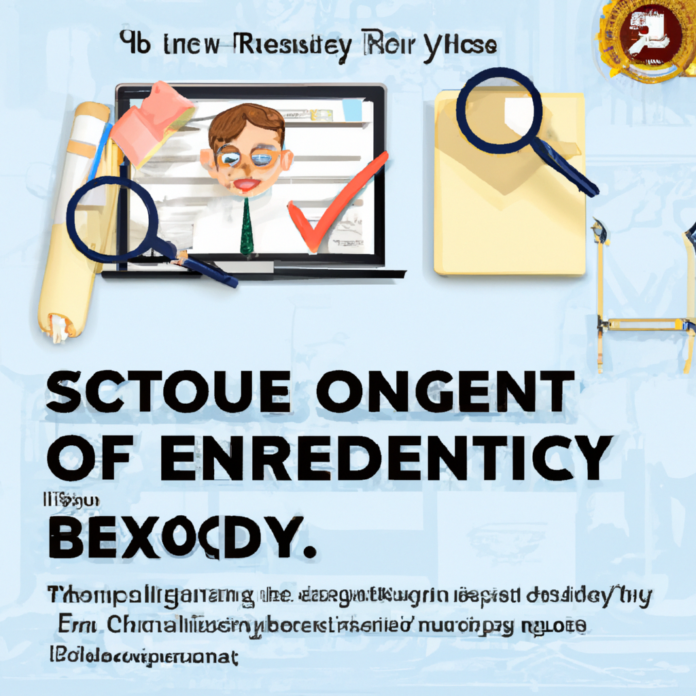
Courtrooms are often the stage for high-stakes legal battles that can shape the course of justice. Behind the scenes, there is an unsung hero capturing every word, every pause, and every emotion that the participants utter. This hero is the court stenographer, armed with a mysterious skill that allows them to transcribe spoken words at lightning speed: shorthand.
While court stenographers might seem like silent spectators in the courtroom, their role is crucial in ensuring an accurate record of the proceedings. Their shorthand skills are the key to their success, enabling them to document every spoken word with remarkable precision and efficiency. In this article, we’ll uncover the fascinating world of court stenographer shorthand and explore how it has transformed the way justice is served.
So, what exactly is shorthand? Simply put, it is a quick method of writing that substitutes symbols and abbreviations for words and phrases. Shorthand systems have been used for centuries to assist in note-taking, but court stenographer shorthand goes well beyond conventional shorthand techniques. It is a highly specialized form of shorthand that enables stenographers to document court proceedings verbatim.
The origins of stenography can be traced back to the ancient Greeks, who adapted the Greek alphabet to create a shorthand system. However, it was not until the 19th century that shorthand gained widespread popularity, thanks to technological advancements and an increased demand for an efficient method of transcribing spoken words.
Today, court stenographers utilize a sophisticated machine called a stenotype to transcribe proceedings accurately. The machine is a compact keyboard with only 22 keys, each representing a sound, syllable, or word. These keys are pressed in various combinations to form words and phrases. However, it is not as simple as typing on a regular keyboard. Instead, stenographers use chordal keystrokes, pressing multiple keys simultaneously to create specific sounds or words. This method allows them to capture speech at remarkable speeds, often surpassing 200 words per minute.
The art of court stenographer shorthand does not lie solely in the ability to strike the correct keys at lightning speed. To become a proficient stenographer, years of training and practice are required. Court stenographers undergo specialized education programs that include coursework in legal terminology, courtroom procedures, and, of course, shorthand. These programs can range from two to four years and often culminate in a certification exam.
During the training process, stenographers learn the shorthand theory and practice extensively to build up their speed and accuracy. Mastery of shorthand strokes and the ability to transcribe dictation in real-time are core skills that every aspiring stenographer must develop. It is a rigorous and demanding process that tests both mental agility and physical dexterity.
The benefits of court stenographer shorthand are vast. One of the most significant advantages is its efficiency. With the ability to transcribe speech at lightning speed, stenographers ensure that the proceedings are accurately documented in real-time. This eliminates the need for lengthy delays between the conclusion of a trial and the production of a transcript, ultimately expediting the legal process.
Accuracy is another critical aspect of shorthand. Stenographers are trained to capture every spoken word, every nuance, and every emotion, enabling the court record to reflect the true essence of the proceedings. Their proficiency in shorthand allows them to focus solely on the dialogue, rather than struggling to keep up with the pace of speech like traditional note-takers.
Moreover, stenographers’ transcripts can be easily searched and referenced later, making them invaluable resources for attorneys, judges, and other parties involved in a case. The accuracy and reliability of court stenographer shorthand ensure that there are no omissions or misinterpretations, thus minimizing the risk of errors or disputes in the legal process.
In conclusion, court stenographer shorthand is a remarkable art that has revolutionized the way court proceedings are transcribed. It is a skill that combines speed, accuracy, and precision to create a real-time record of the spoken word. Through extensive training and practice, court stenographers have honed their abilities to ensure that justice is served with utmost integrity. Their role as guardians of the courtroom record cannot be understated, as they unlock the mystery of shorthand and provide an invaluable service to the legal profession.


















